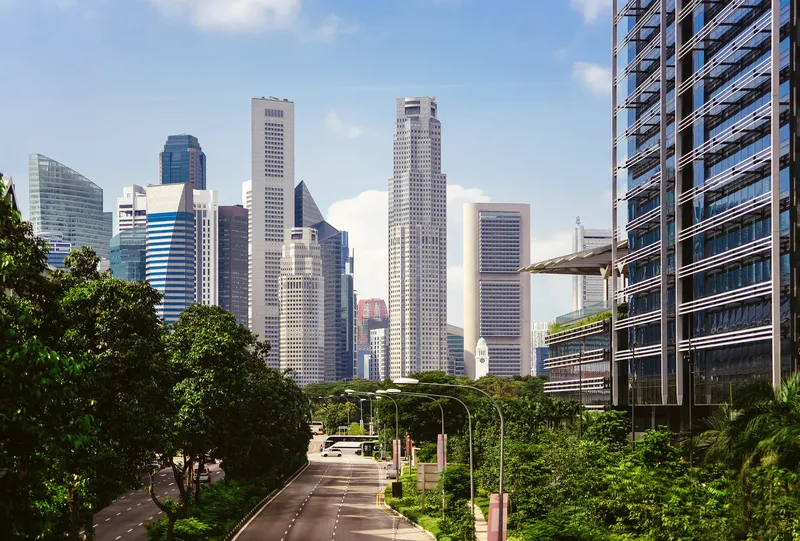A leading Chinese transportation expert has called for China to develop smart traffic technologies that are more customer-oriented, while boosting greener, safer and more efficient modern transportation in the country.
"China's ITS applications should shift their focus to provide more solutions for public transportation in the next decade, and the industry should get a new stimulus by responding to the needs of the market," said Wang Xiaojing, chief engineer at the Research Institute of Highway under the Ministry of Transport.
The ITS industry in China has long been driven by major construction projects of infrastructure since its launch in the mid-1990s, Wang said. He has been committed to the field since the ITS industry began.
"But it's time to make a change, as there is a growing number of ITS users calling for more customised products that facilitate public transportation and traffic safety, especially applications based on smartphones or other portable devices," Wang said.
China's highway mileage has increased to 84,900 km, the second-longest in the world after the United States, while the number of vehicles has grown to 110 million, 75.62 percent of which are private cars, according to the transport authority.
Given the fast expansion of the road network and the increasing number of vehicles, the Chinese government has given intensive use of intelligent transportation technologies in recent years.
"However, ITS applications in the urban area, such as roadside variable message signs showing transportation data, still serve more for private car owners instead of public transportation," said Wang. "More applications based on ITS technologies should be provided to facilitate public transportation, which enable users to be well-informed and make reasonable travel decisions by themselves, further helping ease the long-standing road congestion problem."
According to Wang, China has gone through an investment blitz for ITS applications in the past few years, with the chief aim of easing jammed roads and improving traffic efficiency. One important application was the development of electronic toll collection, or ETC, on highways, he said.
China first put its ETC highways into public use in 2007. China learned from other countries and the country now has developed about 3,700 lanes with ETC devices in twenty-four provinces and has attracted 4.6 million users.
Liu Jiayuan, a publicity officer at the Beijing Capital Highway Development Group, which manages the city's airport expressways, said the company's two ETC lanes have greatly improved highway traffic speed by offering drivers non-stop trips. The company plans to transform half of its toll lanes into ETC ones in the next two to three years.
Thanks to the 2008 Beijing Olympic Games and the 2010 Shanghai World Expo, both the government and public have seen the benefits of the ITS system .
"People living in the cities benefit from the conveniences of ITS every day," Wang said, adding that one Olympic legacy is that Beijing has set up a citywide camera network to keep its traffic under surveillance.
"The system provides real-time traffic information for travellers or assists the police to deal with emergency traffic accidents. It still works today and has set good examples for other Chinese cities to fight against congestion."
According to Wang, the ITS system also excelled during the Shanghai Expo, aiding the municipal traffic authority to plan public traffic control for the six-month international event with more than 70 million visitors.
"Shanghai made a breakthrough to make urban traffic smooth without restricting vehicles from other provinces to enter the city at that time," he said.
In August, Hong Xiaofeng, deputy director-general of the Ministry of Transport's technology department, vowed that the ministry will strategically encourage more private investment in the ITS field.
However, Wang warned that service providers may not have enough real-time and accurate traffic data. "The information collected on public infrastructures should also be made public, just like weather information," he said.
Wang urged traffic authorities to allow private companies to have access to basic data, to enable service providers to supply added value on traffic information. "It is obvious that the telecom operators, service providers and new market players such as internet or smartphone-application developers would benefit from such new businesses."








